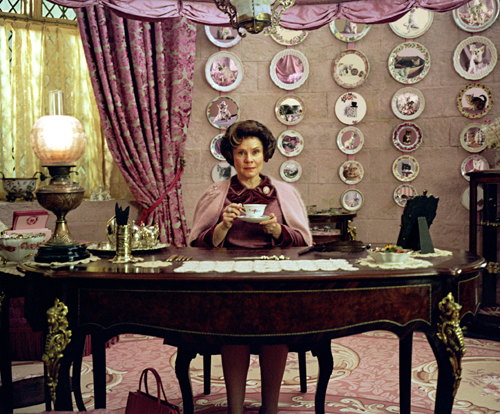The First Things article everybody’s linking to today:
There is nothing wrong, or course, with fantasy or with what C.S. Lewis called Sehnsucht, the inconsolable longing in the human heart for “we know not what.” What makes Kinkade’s cottage painting so dispiriting is that rather than being created to challenge or even inspire, to evoke in some way the desire for Heaven, it’s intended only to comfort. It’s sentimental.
Sentimentality, as literary critic Alan Jacobs says in a recent interview with Mars Hill Journal, encourages us to “suspend judgment and reflection in order to indulge deliberately in emotion for its own sake.” Reflection reinforces and strengthens true emotions while exposing those feelings that are shallow and disingenuous. Sentimentalists, however, try to avoid this experience of reality and try to keep people from asking questions by giving them pleasing emotions they have not earned. The shameless manipulation of our emotions, says Jacobs, is the ultimate act of cynicism.
One of the commenters links to this article, “The Painter of Lite™”
Sentimentality, [Mark] Jefferson admits, can be harmless. A penchant for Hallmark cards and posters of kittens playing with balls of yarn is not in itself a mortal sin. But when the misrepresentation of the world takes on a particular consistency and brittleness, darker consequences are possible. “The unlikely creature and moral caricature that is someone unambiguously worthy of sympathetic response has its natural counterpart in a moral caricature of something unambiguously worthy of hatred,” Jefferson concludes.
Which is why some observers have noted a relationship between sentimentality and brutality….
Sound familiar?
